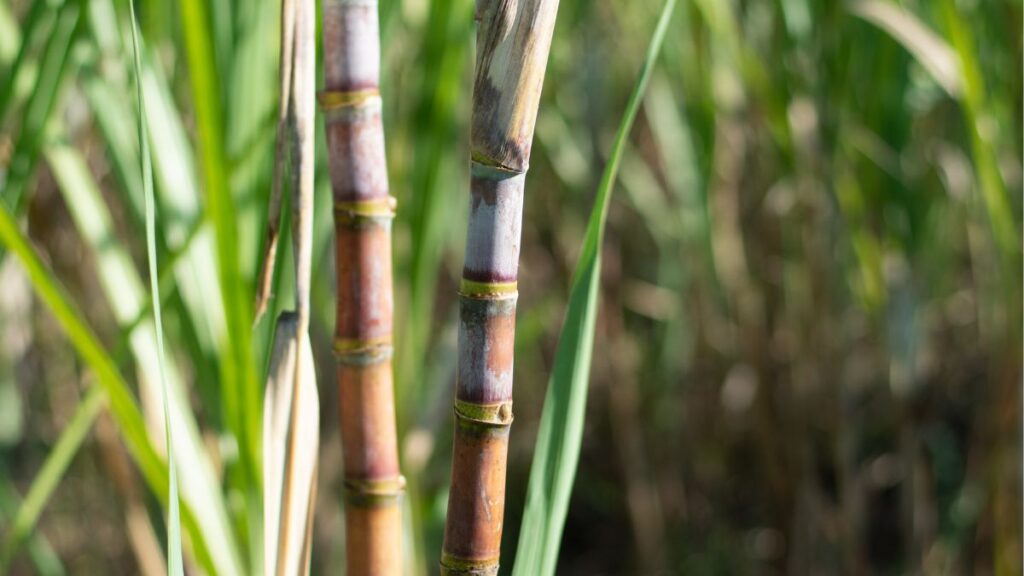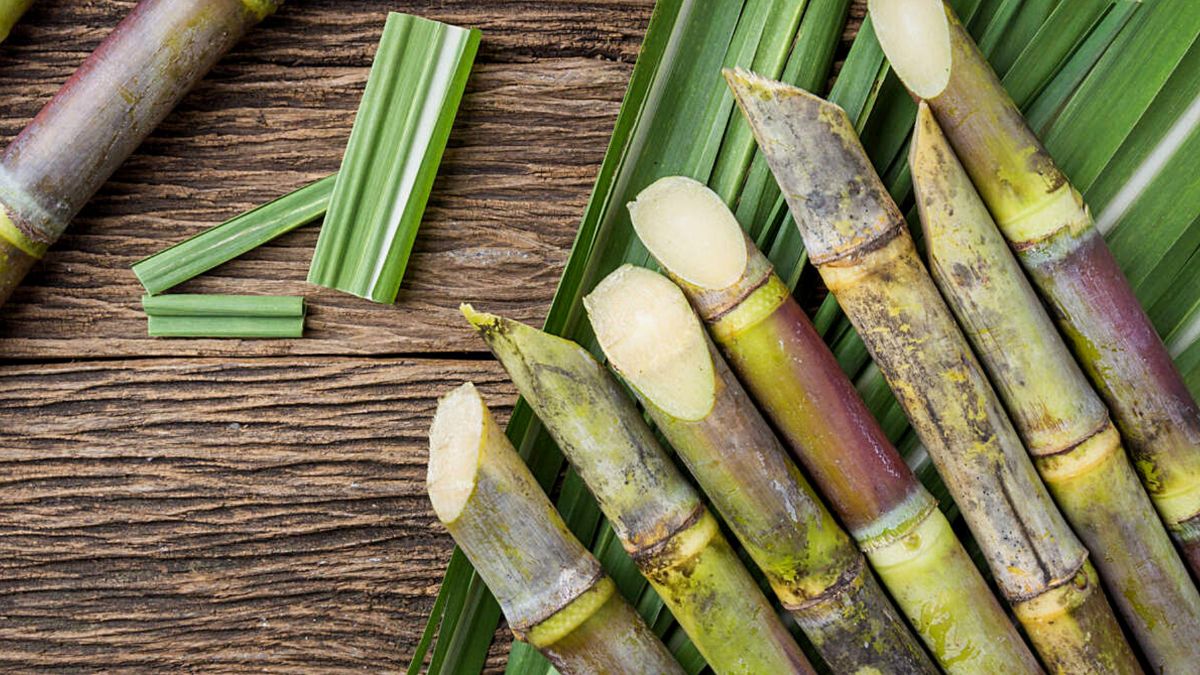Introduction
The Mass Cane plant, also known as Dracaena Massangeana, is a popular indoor plant cherished for its vibrant foliage and air-purifying qualities. However, despite its hardy nature, Mass Cane plants can sometimes struggle and appear to be on the brink of death. In this article, we’ll explore how you can effectively save a dying Mass Cane plant and restore it to health.

Understanding the Mass Cane Plant
The Mass Cane plant is characterized by its thick, cane-like stems and long, arching leaves. It is native to tropical Africa and is well-suited to indoor environments due to its tolerance for low light and dry air. Mass Cane plants are relatively low-maintenance but require proper care to thrive.
Signs of a Dying Mass Cane Plant
A dying Mass Cane plant may exhibit several signs, including yellowing or browning leaves, drooping stems, and a general lack of growth. Additionally, the plant may develop soft or mushy stems, indicating overwatering or root rot.
Causes of a Dying Mass Cane Plant
Several factors can contribute to a Mass Cane plant’s decline, including:
- Overwatering: Excess water can lead to root rot, depriving the plant of essential nutrients.
- Underwatering: Insufficient watering can cause the plant to become dehydrated and wilt.
- Poor Lighting: Mass Cane plants require bright, indirect light to thrive. Lack of light can weaken the plant.
- Temperature Stress: Mass Cane plants prefer temperatures between 60-80°F (15-27°C). Exposure to extreme temperatures can harm the plant.
Steps to Revive a Dying Mass Cane Plant
Assessing the Damage
Before taking any action, assess the extent of the damage to your Mass Cane plant. Look for signs of root rot, pests, or disease.
Pruning
Remove any dead or yellowing leaves and trim back damaged stems to encourage new growth.
Repotting
If the plant is root-bound or suffering from root rot, consider repotting it into fresh, well-draining soil.
Adjusting Light and Temperature
Place the plant in a location with bright, indirect light and maintain a consistent temperature.
Watering and Humidity
Water the plant thoroughly when the top inch of soil feels dry, and ensure adequate humidity levels.
Fertilizing
Feed the plant with a balanced, water-soluble fertilizer to replenish nutrients.
Monitoring and Patience
Keep a close eye on your Cane plant and be patient. Recovery may take time, so continue to provide care and monitor its progress.
Preventive Measures to Keep Your Cane Plant Healthy
To prevent your Cane plant from dying in the future, consider the following tips:
- Water the plant sparingly, allowing the soil to dry out between waterings.
- Provide adequate light, but avoid direct sunlight, which can scorch the leaves.
- Maintain a consistent temperature and humidity level.
- Avoid over-fertilizing, as this can cause nutrient buildup and harm the plant.
Conclusion
With proper care and attention, you can effectively save a Cane plant that is on the brink of death. By understanding the plant’s needs and addressing any issues promptly, you can enjoy the beauty of your Cane plant for years to come.

FAQs
- How often should I water my Mass Cane plant?
- Water your Mass Cane plant when the top inch of soil feels dry to the touch. Avoid overwatering, as this can lead to root rot.
- Can I revive a severely damaged Cane plant?
- In some cases, a severely damaged Cane plant may not be salvageable. However, by following the steps outlined in this article, you can improve your chances of recovery.
- Should I prune my Cane plant regularly?
- Yes, regular pruning can help promote new growth and remove any damaged or diseased parts of the plant.
- Can I use tap water to water my Cane plant?
- It’s best to use filtered or distilled water for your Cane plant, as tap water may contain chemicals that can harm the plant.
- How long does it take for a Cane plant to recover?
- The recovery time for a Cane plant can vary depending on the extent of the damage. With proper care, you may start to see improvement within a few weeks to a few months.
